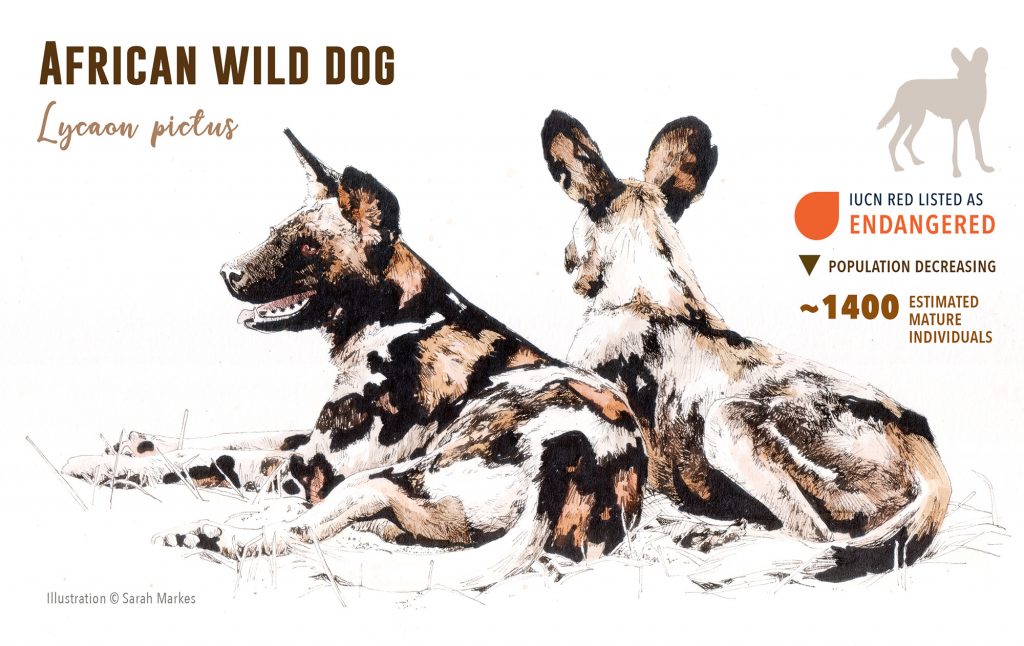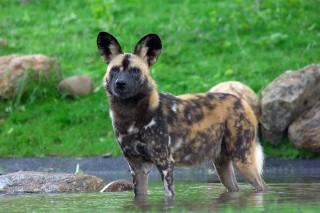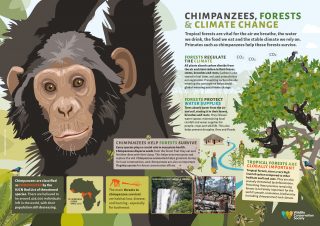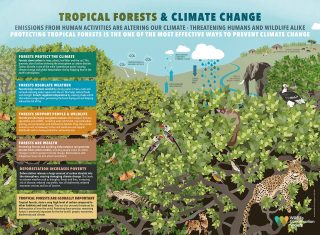
October 11, 2021
Protecting Tanzania’s Wild Dogs
- as seen by -
 Sarah Markes
Sarah Markes
African wild dogs (Lycaon pictus) are classified as Endangered by the IUCN Red List of Threatened Species due to their small population size and ongoing decline. Also known as “painted dogs”, wild dogs live in low population densities and are dependent on large areas of habitat to survive – comprising short-grass plains, semi-desert, bushy savannas, and upland forest. Their main diet consists of medium-sized antelope such as impala, kudu, Thomson’s gazelle, and common wildebeest.
Impressive hunters – though never reported to be a threat to humans, wild dogs generally weigh around 44-66 lbs., but their average prey size is around 110 lbs. In some areas, wild dog rely more on smaller antelope such as dik-dik, steenbok, duikers, and warthogs.
Tanzania’s Ruaha-Katavi landscape is thought to be home to Africa’s third largest remaining wild dog population – but given the species’ elusive nature and need for extensive research, accurate numbers and information on group dynamics are lacking for most areas. The Wildlife Conservation Society is working to address this information gap, with researcher Monty Kalyahe determinedly gathering data on wild dog population numbers, health, demography, and ecology. To help achieve this, Kalyahe has established an extensive network of community members, rangers, tourism stakeholders, and others who gather and share information from direct observations of different wild dog packs, sending this back to him. This data is crucial if we are to protect this increasingly rare species. While the principal threat to their survival is habitat fragmentation resulting in increasing human-wildlife conflict, their small population size and tight social groups mean wild dogs are also very vulnerable to disease outbreaks.
EDITOR’S NOTE: Kalyahe will send data recording sheets to anyone interested to take part in the research (Email: mkalyahe@wcs.org, Phone/WhatsApp +255 742 784343). Many thanks to Tanzania Wildlife Research Institute (TAWIRI) and the Wyss Foundation for supporting this work. Text contributions for this post from Aaron Nichols, WCS Ruaha-Katavi Program Director in Tanzania.




Leave a Comment
Om Ramji
December 25, 2021 at 12:22 pm
Interesting article. Question: What is the frequency rate of wild animal migration between Ruaha- Rungwa complex northwestward into the Katavi-Lukwati region, specifically with respect to the wild dog, taking into account human settlements along that way/ corridor. Thanks.